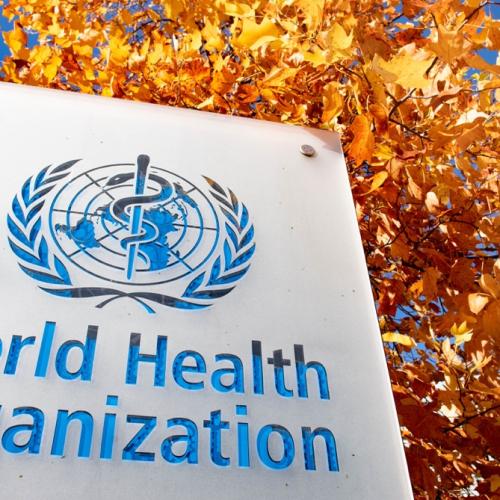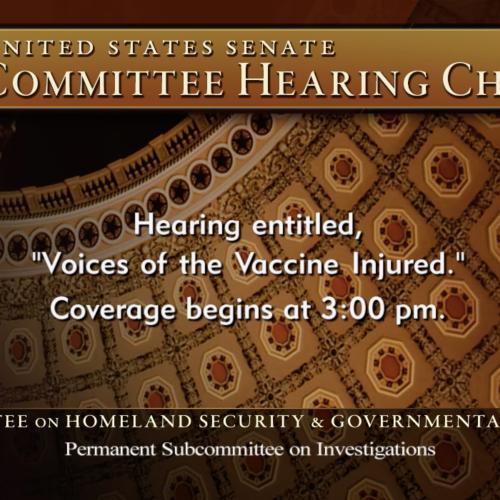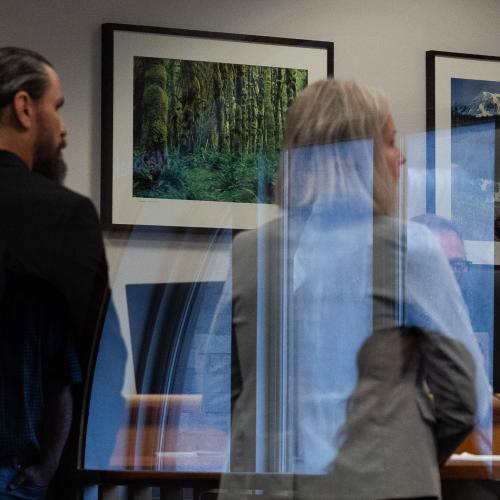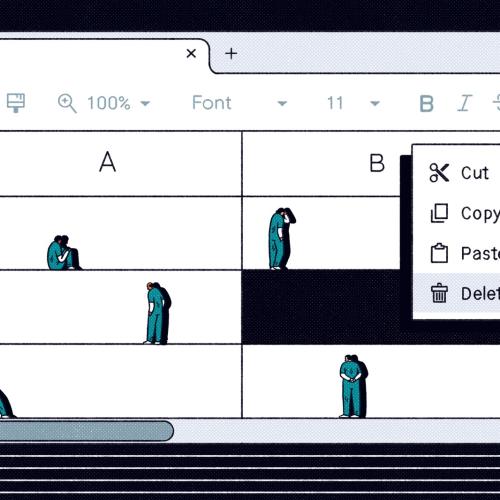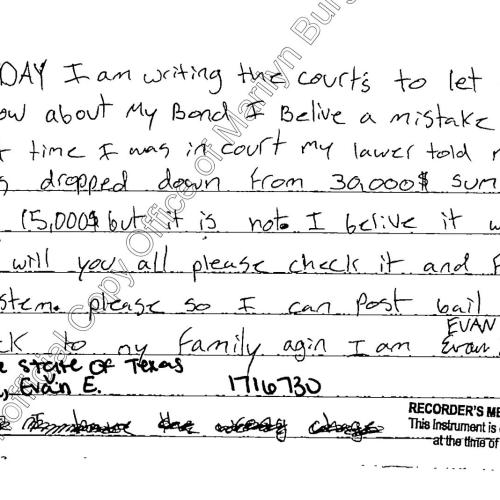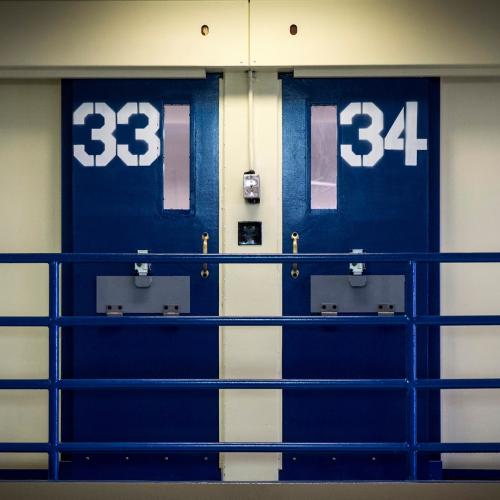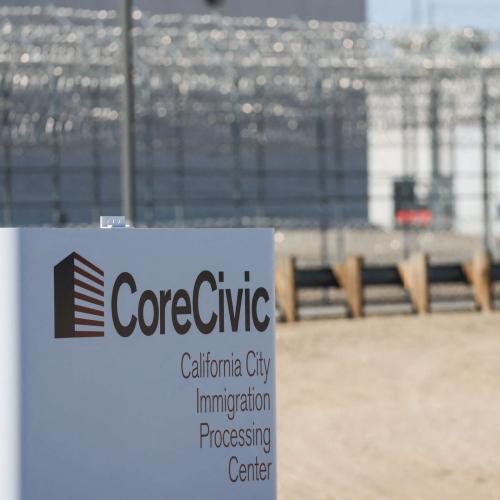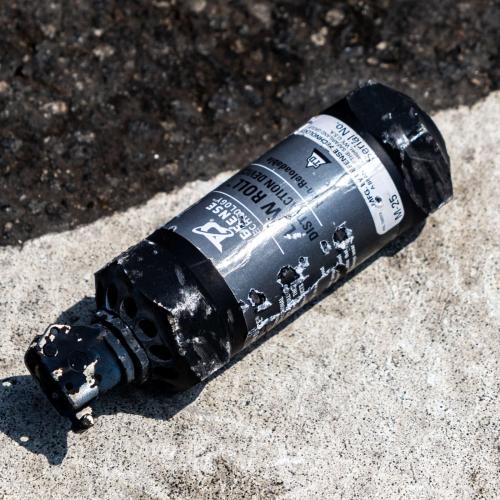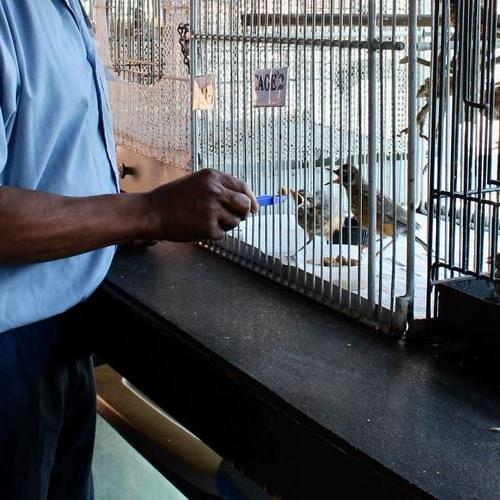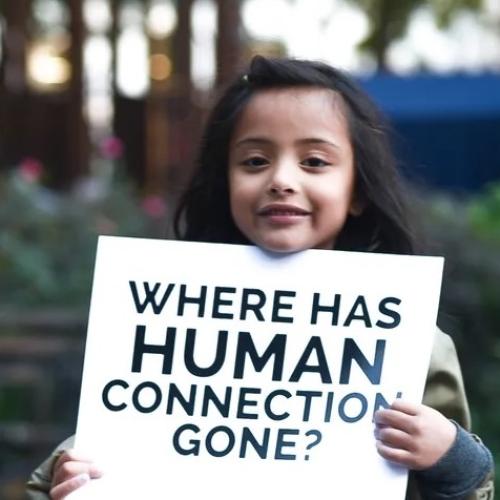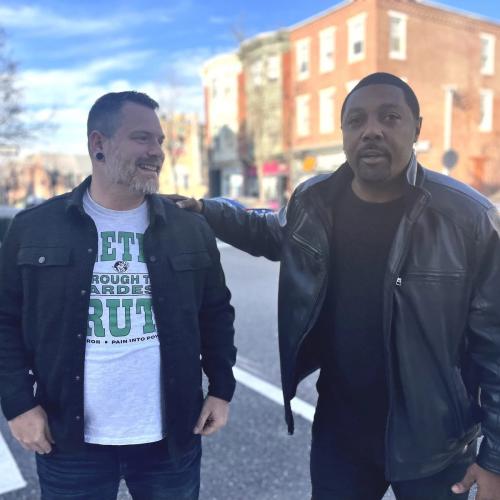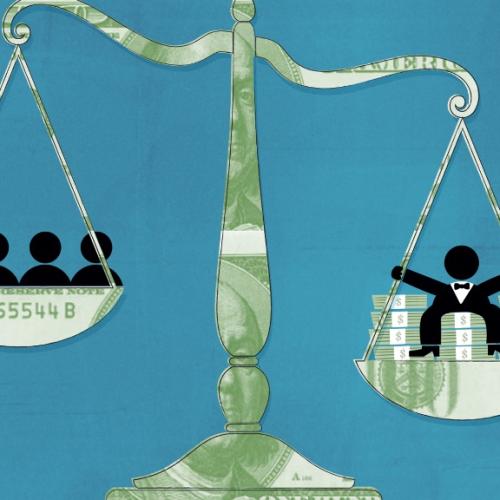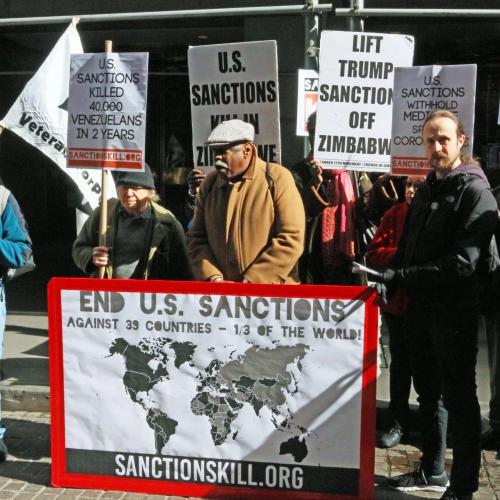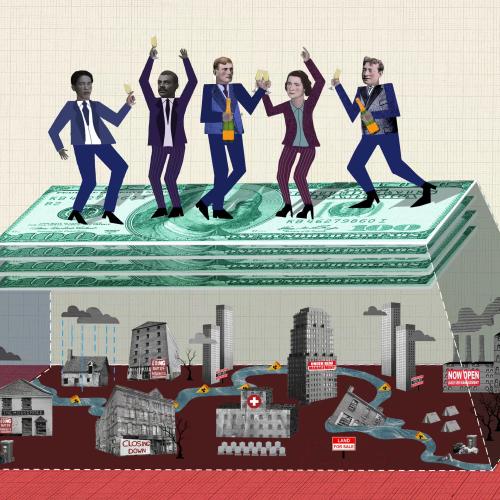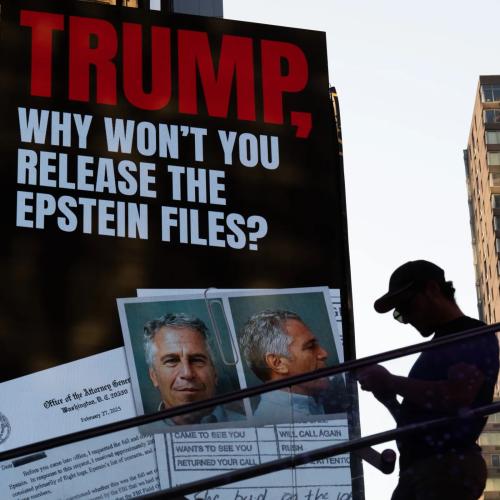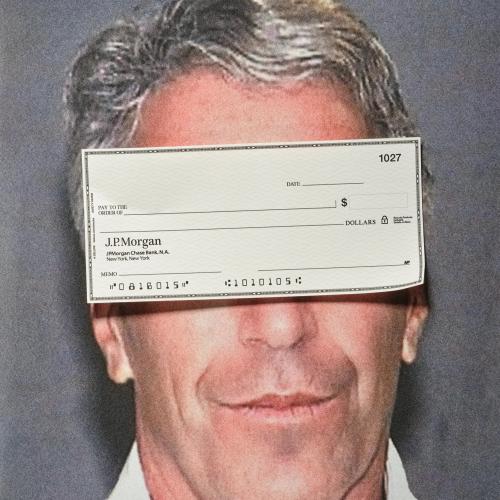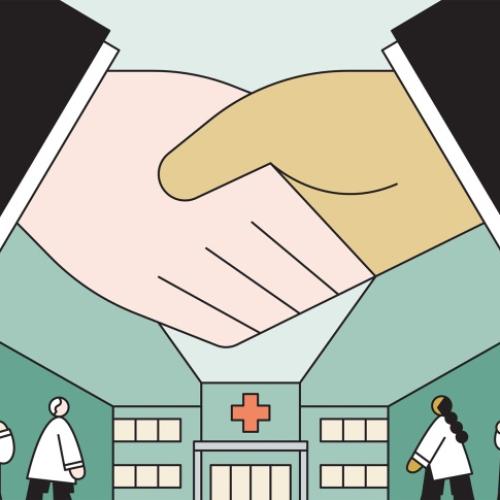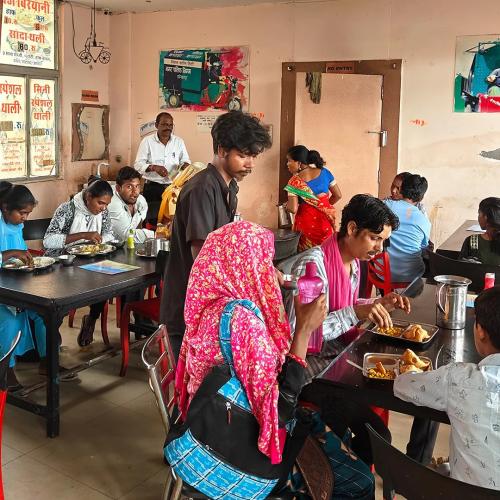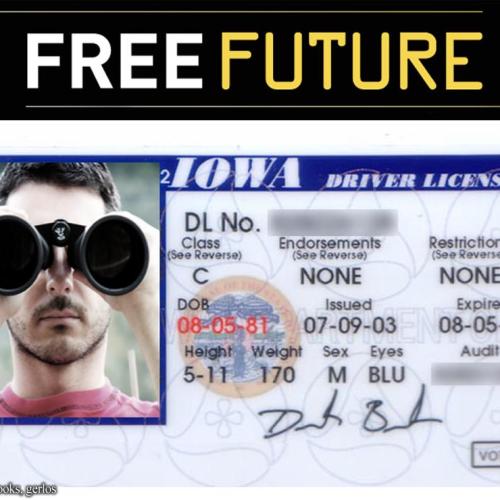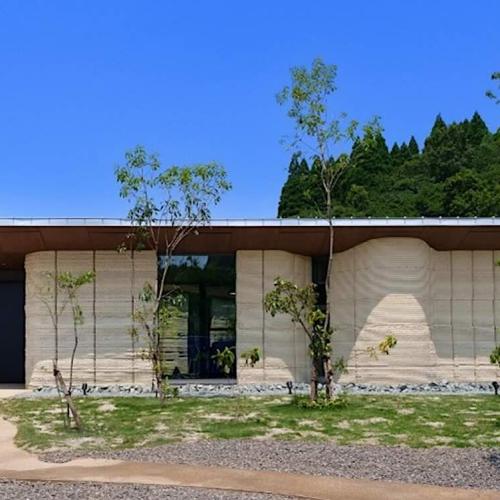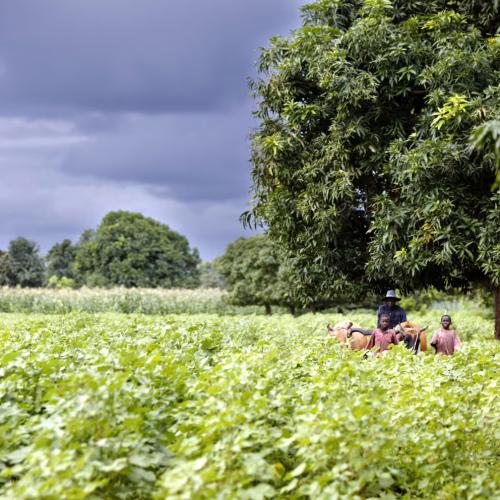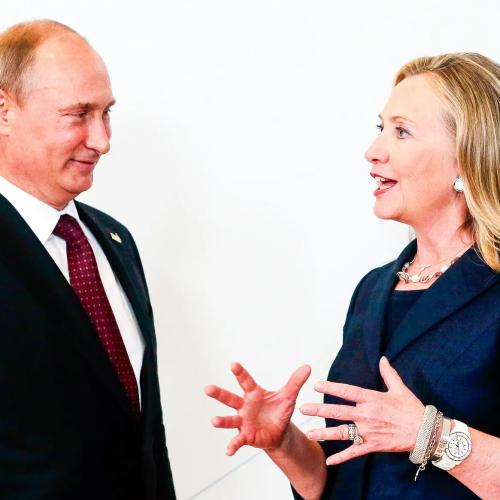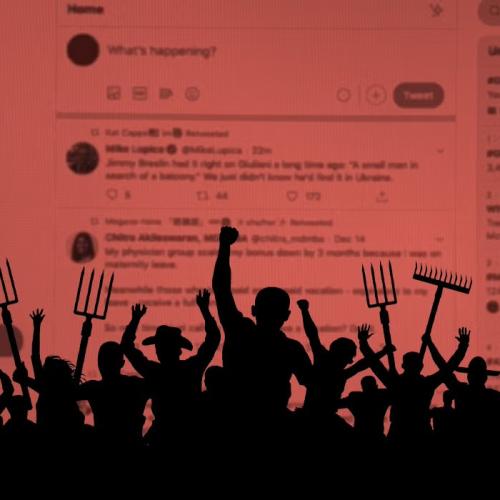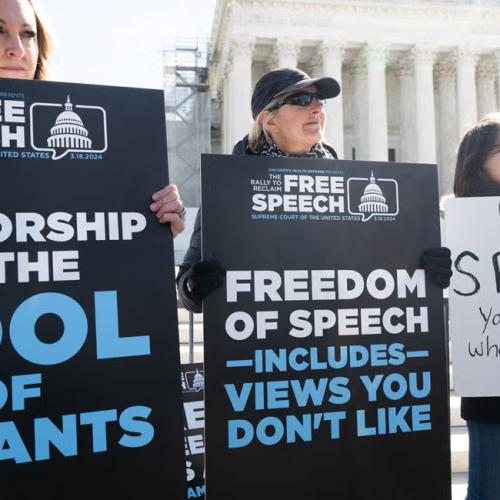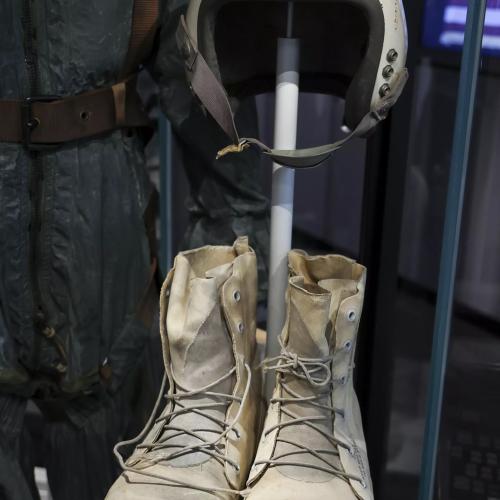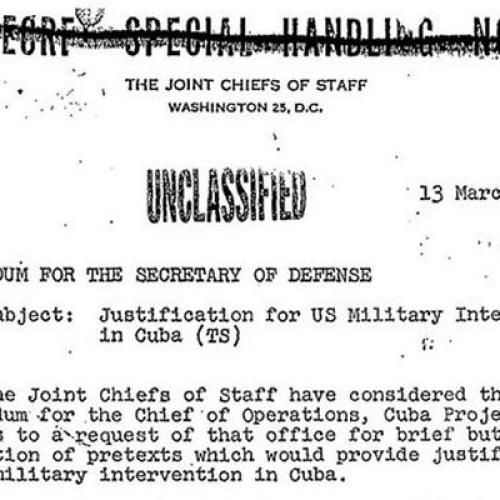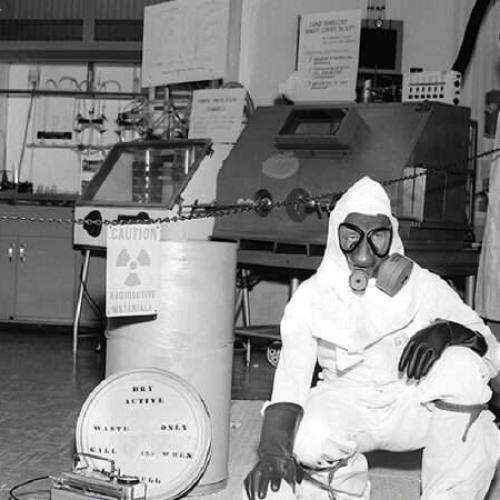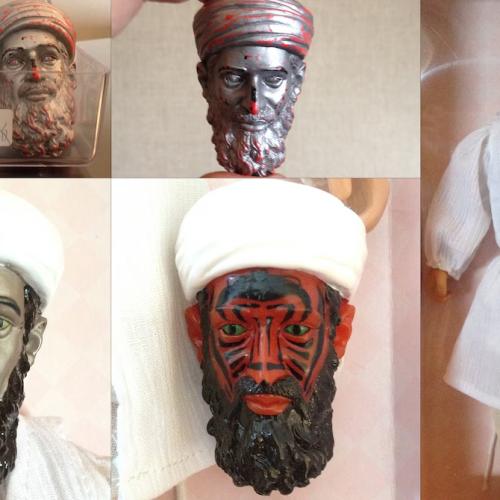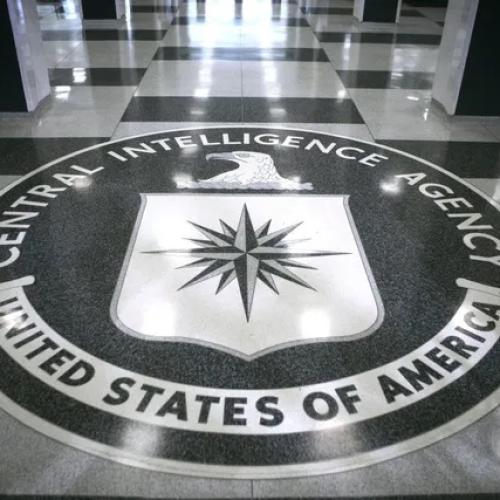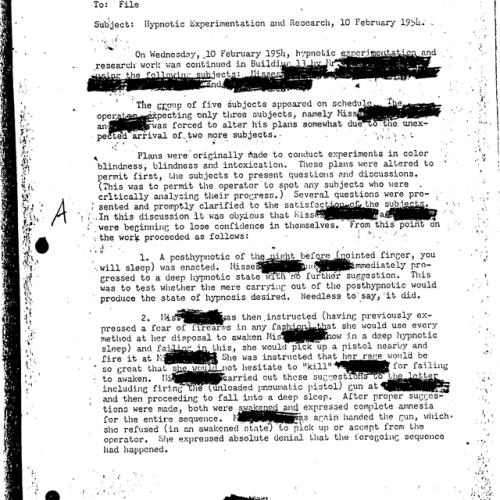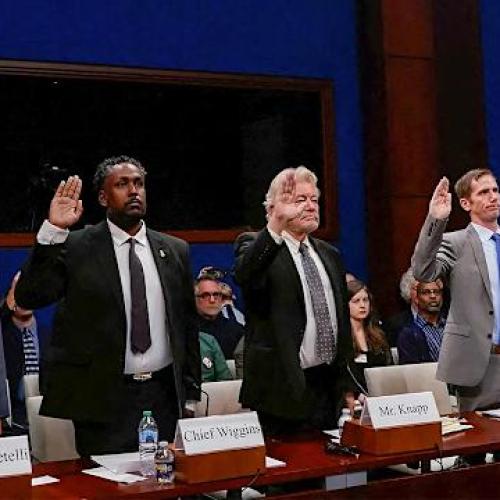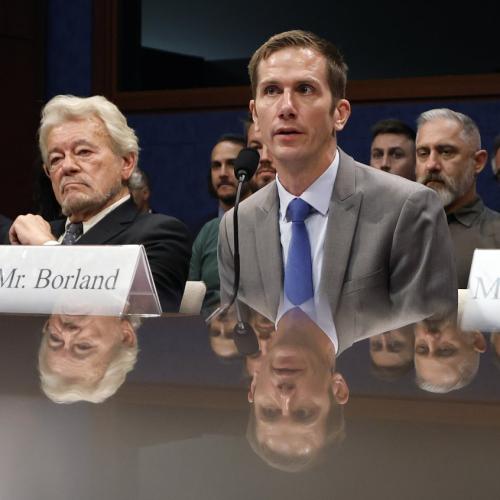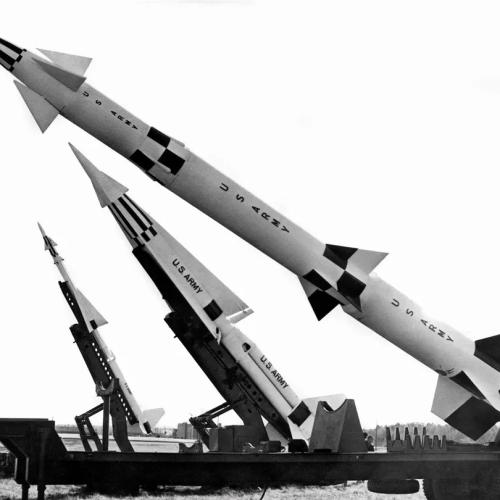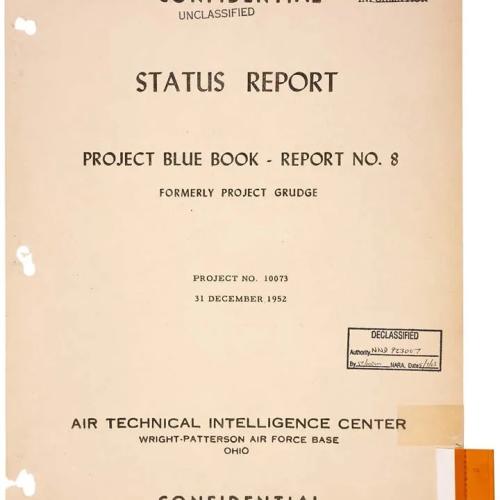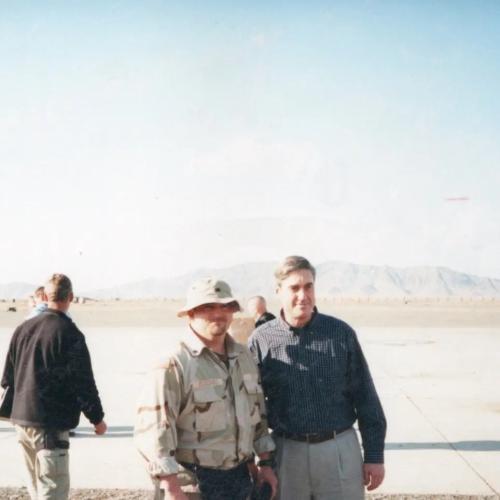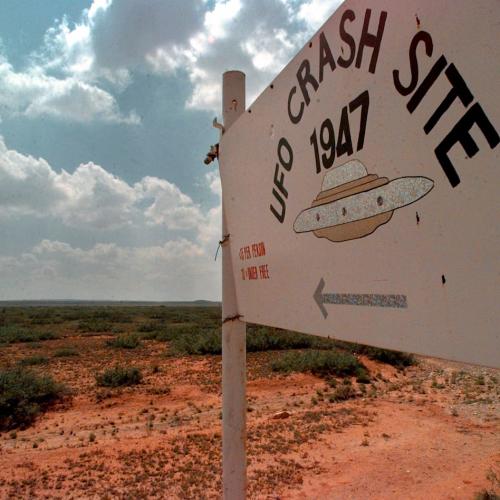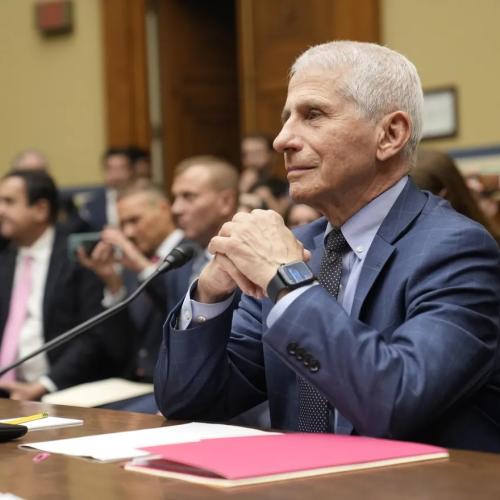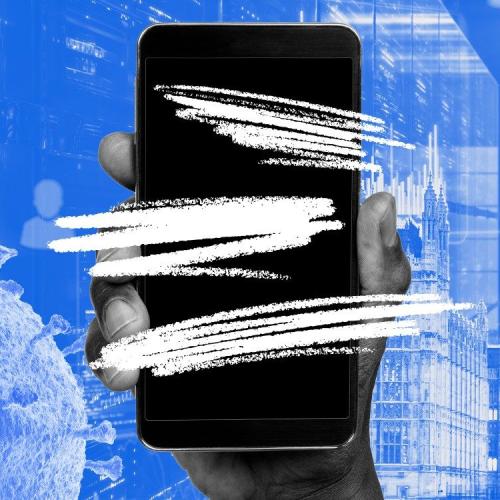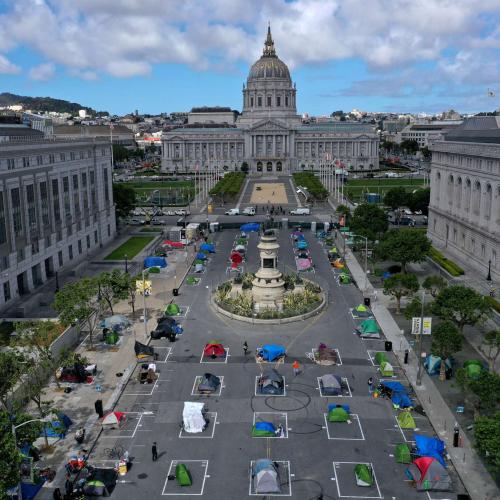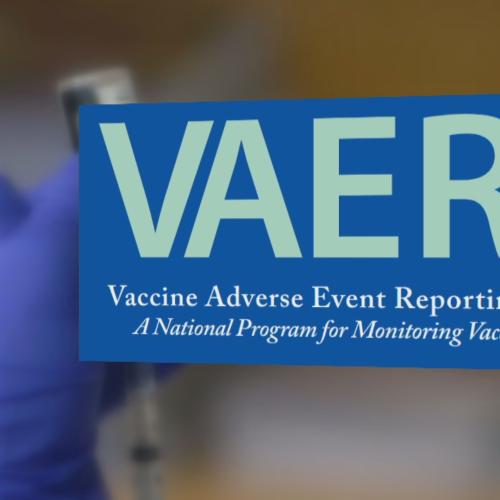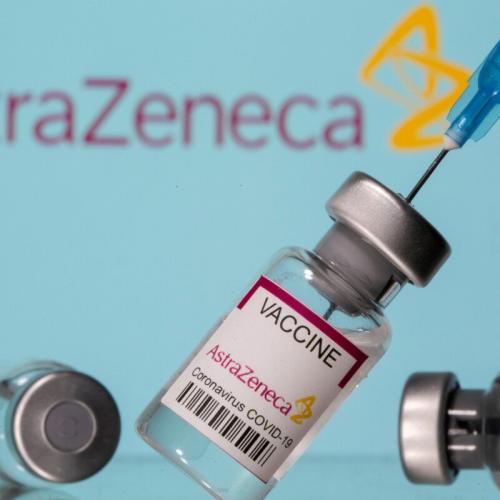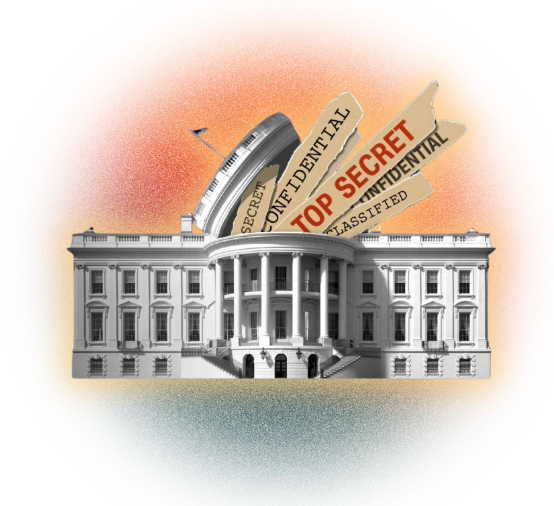Inspiring: Healing Our Relationships News Stories
We believe in the creative, redemptive, and collaborative potential of humanity. Below are key excerpts of inspiring news articles on healing social division and polarization. If any link fails to function, a paywall blocks full access, or the article is no longer available, try these digital tools.
For further exploration, delve into our Inspiration Center.
According to a new study by researchers at the Annenberg School for Communication at the University of Pennsylvania, both Democrats and Republicans significantly underestimate the diversity of policy attitudes within their own party and among the opposing party. This discovery challenges existing beliefs about polarization and suggests that reducing these misperceptions could ease political tensions. Previous research has suggested that Democrats and Republicans consistently overestimate how radical the other party is, always believing that the other party is much more radical than it actually is. However, this study suggests that the greater error in Democrats' and Republicans’ perceptions is how diverse they perceive the parties to be. The researchers also measured how participants felt toward the other party and how comfortable they were socializing with them. The more a participant perceived the other side to hold diverse attitudes, the more participants liked the other party and felt comfortable socializing with them. Perceiving the other party as having more diverse attitudes was also associated with lesser concern that the party supports violating democratic norms. “Our research suggests that fostering awareness of the diversity within political parties could reduce partisan hostility and create space for more constructive dialogue,” says Lelkes, co-director of the Polarization Research Lab.
Note: Explore more positive stories like this on healing social division.
A “social prescription” [is] a referral to nonpharmaceutical, community-based resources and activities, like art classes and cycling clubs. Instead of a recommendation to exercise or socialize, a social prescription is tailored to that patient’s specific interests—what brings them joy, purpose, awe, flow and childlike curiosity. It’s a medicine based on what matters to a patient, instead of just what’s the matter with them. More than 80 percent of our health outcomes are driven by social factors in our environments, while only 16 percent are related to clinical care. In other words, to be healthy, we need access to basic resources—clean air, nutritious food, stable housing, freedom from violence and discrimination, and psychological resources—outlets that help us cope with stress, activities that give us a sense of purpose, people we can call at 3 A.M. in a crisis. Social prescriptions addressing both kinds of these social needs should be a no-brainer addition to the menu of options that American docs, therapists and social workers can prescribe. I’ve seen firsthand how social prescriptions can not only alleviate symptoms of sickness but also create lasting wellness—from the woman whose prescription for a sea-swimming prescription severely reduced her antidepressant dosage and helped “her life become bright again,” to the man whose prescription for a cultural excursion group helped him overcome his social anxiety and “feel like himself again.”
Note: Explore more positive stories like this on healing our bodies and healing social division.
"Delete Day," organized by several Gen Z-led groups, called on young people to excise an addictive app from their lives, starting, for now, with their phones. The event was not heavily promoted on social media, unsurprisingly, and minimally online. Instead, attendees relied on more old-school methods, like word-of-mouth. They decorated the park's entrance with chalk signs like "Delete your apps on the grass" and gave out hand-drawn stickers and pamphlets detailing how to save their data before nixing accounts on apps like Instagram. When they were ready, they could take a seat on the lawn, on picnic blankets, with candles, glow lights, and a living room lamp. The event, which drew about 80 participants, featured a few short speeches from the organizers, the deletion ritual, and a no-phones party. Nick Plante, 25, one of the speakers who organizes events around "attention activism" in the city, [said] that the night's tone was meant to be positive. The idea was to bring people together organically. "We wanted to really, really get in on a couple of people and change their lives very deeply," [said grad student Gabriela] Nguyen. Speakers shared their own struggles of growing up with social media, from being distracted at school to living with looming self-consciousness. "If you're like me, you've canceled on a friend because the pull to just stay at home and chill with all your devices is just too strong," Nguyen said.
Note: Explore more positive stories like this on healing social division.
In Stockholm, Stina Larsson, 98, stood among fragrant lilacs, lilies and lavender, inspecting the garden that she has tended for more than 40 years. Ms. Larsson’s garden, situated on a postage stamp of land beside the Karlbergs Canal, is one of more than 7,000 garden allotments, known as koloniträdgårdar, in Stockholm. The gardens, established as part of a social movement around the turn of the 20th century, offer city dwellers access to green space and a reprieve from crowded urban life. Though most are modest in size — Ms. Larsson’s garden is about 970 square feet — koloniträdgårdar are prized for providing a rare kind of urban sanctuary, a corner of the city where residents can trade pavement for soil, and the buzz of traffic for birdsong. The garden programs were specifically designed to improve the mental and physical health of city dwellers. The idea was that a working-class family would be able to spend the summer there and work together but also have some leisure and fun. Cecilia Stenfors ... at Stockholm University, said her research shows that those who frequently visit green spaces, whether a forest or a koloniträdgård, “have better health outcomes, in terms of fewer depressive symptoms, less anxiety, better sleep and fewer feelings of loneliness and social isolation.” These positive effects can be particularly pronounced in older people and can help combat symptoms of age-related mental and physical decline.
Note: This article is also available here. Explore more positive stories like this on healing the Earth and healing social division.
A pavilion of towering windows in a Mexico City urban park is nearly packed. Everyone here wants the same thing: to dance freely, at no cost, without harassment or prejudice. Twenty-somethings, children with their mothers, teenagers and elderly couples gather around the disc jockey’s console. “This is an open invitation for everyone to move as they wish in a safe space!” said Axel Martínez, one of the collective’s founders, as he grabs a microphone and cheers the revelers on. At their own pace, each person is carried away by the music — and no one seems surprised by the moves of others. From experimental jazz pieces and smooth Egyptian hip-hop to the more familiar pulse of cumbias grooved with an electronic touch, people dance to it all. The party was organized by the Nueva Red de Bailadores or NRB (New Network of Dancers), a collective that aims to create spaces where people can gather to dance freely. There’s no cover charge, no booze, and no pressure to do the “right” moves. As organizers pointed out, their parties forgo police and security, fostering a sense of collective care where attendees look out for one another. Isabel Miraflores, a 73-year-old retired high school assistant principal, came with her husband and said she enjoyed both the dancing and the presence of people of different ages. “I think it’s wonderful because it’s a free event,” she said. “We get together with people from all parts of society and we have fun without any trouble.”
Note: Explore more positive stories like this on the power of art and healing social division.
Not everyone pines for the days without cell phones, but what about social media? Would you erase social media from the history books if you could? If you said yes, you share the feelings of a staggering 46% of teenage respondents to a recent survey from the British Standards Institution (BSI), which also found that 68% of respondents said they felt worse when they spend too much time on their socials. Enter The Offline Club, (who ironically have 530,000 followers on Instagram) a Dutch social movement looking to create screen-free public spaces and events in cafes to revive the time before phones, when board games, social interaction, and reading were the activities observed in public. They also host digital detox retreats, where participants unplug from not only their smartphones, but computers too, and experience a life before the internet. BSI’s research showed that out of 1,290 individuals aged 16-21, 47% would prefer to be young in a world without the internet, with 50% also saying a social media curfew would improve their lives. The Offline Club is taking advantage of this rising cross-cultural awareness and helps its followers replace “screen time with real time.” Their founders envision a world where time spent in public is present and offline. It started in Amsterdam, but Club chapters quickly organized in Milan, Berlin, Paris, London, Barcelona, Brussels, Antwerp, Dubai, Copenhagen, and Lisbon. Anyone can start a club in a city.
Note: Explore more positive stories like this on healing social division.
Tony McAleer was just 16 years old when he ... became active in the White Aryan Resistance, where he became a leader. But 15 years later, he left that life behind and embarked on a path of healing. He's since founded a non-profit, Life After Hate, which helps other people leaving white supremacy groups, written a book called The Cure For Hate, and starred in a documentary about his journey. "When I left the movement, I still had the beliefs intact," [said McAleer]. "It's not just the ideas in someone's head, it was my whole identity. It was who I hung out with, the videos I watched, the music I listened to. It's challenging to get someone to admit that what they believe is wrong. I left the movement behind, but I was still a jerk. I still had all of the wounds that were spilling out all over everywhere. I used humour, sarcasm, putting people down, I could verbally destroy people without any violence. I was still a jerk because I hadn't dealt with the source of my anger and hatred, the source of my self-loathing." It wasn't till I met a counsellor — who was Jewish — in 2005. I went through about 1,000 hours of ... counselling and really got to the root of who I was. The more he connected me to my humanity, the more I could recognize the humanity in others. And the more I could connect to the humanity in others, the more I could recognize the humanity in myself. It's very important that we learn to call out behaviours, we call out ideology, call out the activity, but we need to call the human being in.
Note: For more, watch our latest 20-min video on what can transform a divided world, where you’ll hear the powerful words and stories from those at the edge of death, leaders who reached across deep divides, and even a former neo-Nazi who left hate. Explore more positive stories like this on healing social division.
In 2021, Kristen Magnuson had to make a secret deal to continue a staple of her daily routine: swimming at her local outdoor pool. During the pandemic, the state of Washington required a vaccine passport to gain access to public spaces such as restaurants, movie theaters, and gyms. Ms. Magnuson chose not to get vaccinated. So the mother of two made a covert arrangement with gym staff. She could bypass the lobby by sneaking in through a back door. Ms. Magnuson was grateful, but she felt like a second-class citizen. Now she has a plea: Can we talk about what we went through? She isn’t opposed to vaccines – her husband and children got them. She and others are asking: What would America do differently if the country could have a do-over, or faced a similar challenge in the future? Ms. Magnuson ... isn’t ready to absolve top officials until they show “a recognition of harms.” “I was surprised when some politicians and doctors said that those who remain unvaccinated should not be treated if they fall ill. People were not ‘bad’ or ‘COVidiots’ if they contracted COVID-19; they were human,” [Dr. Monica] Gandhi wrote. “There is absolutely no place for stigma, judgment, and a shame-based approach in public health.” The former NIH director [Dr. Francis Collins] proposed, instead, a reckoning modeled on South Africa’s Truth and Reconciliation Commission in the aftermath of apartheid. “That means people coming forward and confessing what they did that was harmful in public and asking for forgiveness,” said Dr. Collins, who was appointed by President Obama and served as a science adviser to Biden. “That’s very different than just amnesty.”
Note: Read NIH director Jay Bhattacharya's powerful call for forgiveness despite being cancelled for having dissenting views on COVID policies. Explore more positive stories like this on healing social division.
[The] universality of music, its ability to elicit the same emotions in diverse audiences, is exactly what inspires the work of Chicago-based nonprofit Crossing Borders Music. Composed of artists trained mainly in the Western classical tradition, the group compiles and performs music from Haitian, Palestinian, Rohingya, Native American and many other marginalized communities via free concerts held in libraries, cultural centers and university spaces. “Often, we find that in the West, refugees and immigrants are defined only by the conflict in their home countries,” says Tom Clowes ... the founder of Crossing Borders. “But nobody wants to be defined by the worst things that have happened to them, especially when it’s not even something that they’ve done, but something that’s happened to them.” The nonprofit’s musical collaborations and concerts are a bid to not just showcase these diverse and complex musical traditions, but also to create empathy and understanding for immigrants and other communities who often get overlooked because of race, ethnicity, disability, gender, sexual orientation, identity or past trauma. Crossing Borders reaches over 10,000 people in person and online each year and organized 27 free concerts in 2024. “And when we hear audience members say our music defied their expectations or broadened their worldview, or that they felt their culture was affirmed and uplifted, we know we’re fulfilling our mission,” Clowes says.
Note: Explore more positive stories like this on the power of art and healing social division.
Regenerative agriculture offers a way to move beyond what I call the ‘dead Earth assumption’ – this mechanistic belief that the Earth is made up of lifeless raw materials meant for extraction. Because that’s the foundation of industrial agriculture: all it cares about is how many tons of food it produces, with no regard for soil health, biodiversity or the wellbeing of farmers. Regenerative agriculture, on the other hand, shows us the opposite. It means collaborating with nature and recognizing that we are all living organisms on a living Earth. That is what farming should be about: regenerating the potential of the living soil, the living seeds, the living water, the living insects, and the entire web of life. By embracing this potential, we can also transform the way we relate to nature. Because regeneration writes its own poetry – it brings the Earth back to life again in our minds and, in doing so, our relationship with the Earth is being regenerated as well. Some people say: ‘You’re naive, because companies will always win.’ But I don’t think that companies will win, and I will give you a reason why. The first corporation ever created was the East India Company in 1600, but after the revolt of the peasants in 1857, they shut down in 1858. So the first corporation that was created to rule the world, was shut down by peasants. In today’s world, meaningful change can happen too, when we unite. It all comes down to nurturing the living soil and the living seed.
Note: The above was written by Vandana Shiva. Explore more positive stories like this on healing social division and healing the Earth.
Ten days after 9/11, Rais Bhuiyan was shot at point blank range by a white supremacist. The near-death experience inspired him to set up World Without Hate, dedicated to breaking the cycles of violence. "As a result of the shooting, I ... lost my home, my job, my sense of security and my fiance," [said Bhuiyan]. "I focused on rebuilding my life slowly getting into restaurant working as a waiter. Many kind and caring Americans came forward to help redo my life. Forgiving my attacker was a multiple-step process. I realized by executing him we were simply losing human life without dealing with the root cause. I began to see him as a human being like me, not just as a killer. And I remember what it feels like to be on the brink the death, begging to God for a second chance. I learned about the verse in the Holy Koran chapter 5, verse 32 where it says that saving a life is like saving the entire mankind and taking a life is like taking the life of entire mankind. I was extremely convinced I needed to go the extra mile to save the life of the man. When we launched our global campaign to save the life of my attacker he heard from his lawyer that’s one of his victims was running a campaign to save his life. And he told his lawyer, I do not believe it, I never said sorry, I never apologized and destroyed their lives, especially his life, and now he forgave me and is running a campaign to save my life, he was released to tears, he said I don’t deserve that, I’m someone unforgivable. He wrote a letter to me from death row and in one paragraph this is what he said, that my stepfather taught me some lessons that I should have never learned. So when he learned about our campaign he went to tremendous transformation and talked about world peace, mercy, justice, peace, hate crimes and how he was wrong, what went wrong in his life, and how he ended up killing people. He was in peace before he was executed."
Note: Watch Bhuiyan's powerful 17-min PBS interview. For more, watch our latest 20-min video on what can transform a divided world, where you’ll hear the powerful words and stories from those at the edge of death, leaders who reached across deep divides, and even a former neo-Nazi who left hate. Explore more positive stories like this on human interest stories and near-death experiences.
California has introduced a first-in-the-nation online public platform to help bridge silos. The platform, called Engaged California (EC), enables and encourages the direct engagement of citizens with government and with each other. Engaged California is not glorified polling and is more than a town hall gathering. It is a three-way tool that enables policymakers and administrators to listen at scale to average citizens outside of election cycles and be responsive; it invites citizens to directly voice their concerns and proposals on an ongoing basis; and it is a platform for Californians from all walks of life to interact with each other to find common ground. Audrey Tang ... helped craft California’s program ... modeled on the pioneering online deliberative platform she created as Taiwan’s first digital minister. Tang’s vTaiwan platform engages thousands of citizens at a time to weigh in on social issues or policy propositions. In essence, as each participant formulates a position on an issue, others chime in with their own versions. Extreme positions fall to the margins with minimal support, and more consensus views aggregate in the middle. In turn, legislators, parties and administrators can formulate policies in full knowledge of where the public stands. Housed in the state’s Office of Data and Innovation, Engaged California is meant to become a permanent feature of governance going forward that will be used for the public to deliberate a range of concerns and proposals
Note: Read more about how vTaiwan is changing the game. Explore more positive stories like this on healing social division and technology for good.
In many parts of the world, building a house or farming a field means taking out loans. But in Kenya, a time-tested system of mutual aid ... has long been the foundation of local economies. Now, Grassroots Economics Foundation is bringing this age-old practice into the digital age. At the helm of this transformation is Njambi Njoroge, Operations Director at Grassroots Economics. Grassroots Economics is built on a concept called "commitment pooling," inspired by indigenous economic systems. Traditionally, in Kenyan villages, neighbours would come together to build houses, farm land, or provide childcare, repaying each other in labor rather than money. These informal debts balanced themselves over time, ensuring that no one was left behind. "We're not inventing anything new," Njoroge says. "We're automating what has always existed." Using blockchain, Grassroots Economics formalizes these commitments into digital vouchers—secure, trackable tokens that represent labor, goods, or services. The blockchain-powered system functions as a local exchange, where people contribute their skills and pull from a shared pool of community resources. The technology ensures that every commitment has a unique digital signature, preventing fraud and allowing real-time tracking of transactions. "On our platform, Sarafu.network, you can see all the transactions happening in a village—how many houses were built, how many farms were tilled, how much labor was exchanged," Njoroge explains. With blockchain, communities can see tangible data showing how much work they've accomplished together.
Note: Grassroots Economics won the 2019 Newsweek Blockchain Impact award for its innovative use of blockchain. Watch our 13 minute video on the promise of blockchain technology. Explore more positive stories like this on healing social division and technology for good.
Thessy Mehrain founded the Women in Blockchain community in 2016. One of Mehrain’s most consistent messages is that gender equity in blockchain—and tech in general—isn’t a women’s issue. "Men become allies once they understand the benefits," she says. "Most companies, especially in the early blockchain days, were run by men." ETHDenver ... hosted a session featuring Njambi Njoroge, Operations Director of Grassroots Economics Foundation in Kenya. The organization has been pioneering community-driven economies by digitizing traditional mutual-aid systems with blockchain. "Njambi talked about how collaboration has always been at the core of Kenyan communities," Mehrain explains. "For centuries, people have come together to build houses, till land, and share resources. Now, with blockchain, they can track these commitments and scale them beyond their immediate community. In the West, our economies are increasingly relying on central authorities—where ‘trusted middlemen’ own everyone’s data and hold the power. But in many places, economies are rooted in collaboration. One of the features of technologies like blockchain is to add a trust infrastructure that allows to remove central entities, and create cooperative economies." "It’s not about gender—it’s about mindset," she explains. "The masculine principle is about domination—the winner is who gets there first at any price. The feminine principle is about collaboration—winning is defined by getting there first as well but accounts also for the impact on others. You only win together.
Note: Watch our 13 minute video on the promise of blockchain technology. Explore more positive stories like this on healing social division and technology for good.
Emerging in the 1950s, preppers were animated by a variety of often overlapping fears: some were troubled by the increasingly networked, and therefore fragile, nature of contemporary life. Early adopters ... went off-grid; hoarded provisions, firearms and ammunition, and sometimes constructed hidden bunkers. They championed individual fortitude over collective welfare. Not all of them are conservatives. Liberals make up about 15% of the prepping scene, according to one estimate, and their numbers appear to be growing. Some ... [are] steeped in the mutual aid framework of the anarchist philosopher Peter Kropotkin: a rejection of individualism and an emphasis on community building and mutual aid. The question is less whether we survive than how we maintain our humanity in the face of calamity, how we cope with loss, and how we use the time we have. Elizabeth Doerr, co-host of the Cramming for the Apocalypse podcast, agreed: “Researchers talk a lot about how your ability to survive a disaster or thrive post-disaster is contingent on really knowing your neighbors – because when they don’t see you, they’re gonna come check on you.” Rather than an effort to defend ... against a nightmare future, it’s a part of a commitment to living meaningfully in the present. Genuine prepping requires not only “outer resilience”, as [community organizer David] Baum puts it, but an inner kind as well. “Survival is not the goal,” he told me afterward. “The relationship and the wisdom and the love that one discovers by approaching nature with respect – that’s the goal.”
Note: For more along these lines, read our concise summaries of news articles on climate change and healing social division.
There is one thing that practically everyone can agree on: politics has become bitterly divided. Yet what if it doesn't need to be this way? For the last five years, Taiwan has been blending technology with politics to create a new way of making decisions. And with certain limits, it has found consensus where none seemed to exist. Taiwan's burgeoning scene of civic hackers ... were invited to join the government. Their creation was called vTaiwan - with the "v" standing for virtual - a platform where experts and other interested parties can deliberate contentious issues. It works by first seeking to crowdsource objective facts from those involved. Then users communicate with each other via a dedicated social media network called Pol.is, which lets them draft statements about how a matter should be solved, and respond to others' suggestions by either agreeing or disagreeing with them. Once a "rough consensus" has been reached, livestreamed or face-to-face meetings are organised so that participants can write out specific recommendations. Pol.is lifted everyone out of their echo chambers. It churned through the many axes of agreements and disagreements and drew a map to show everyone exactly where they were in the debate. There was no reply button, so people couldn't troll each other's posts. And rather than showing the messages that divided each of the four groups, Pol.is simply made them invisible. It gave oxygen instead to statements that found support across different groups as well as within them. "Change the information structure," Colin Megill, one of its founders, told me, "and you can tweak power". Rather than encourage grandstanding or the trading of insults, it gamified finding consensus. "People compete to bring up the most nuanced statements that can win most people across," Tang told me. "Invariably, within three weeks or four ... we always find a shape where most people agree on most of the statements, most of the time."
Note: Dozens of laws have been passed from this process. For more along these lines, read our inspiring summaries of news articles on tech for good.
Since 2014, [French choreographer and dancer Alice Chauchat] has been conducting choreographic research on human togetherness amid all our differences. The result are several choreographic scores that activate paradoxical relationships: distant intimacy, attentive autonomy, impersonal engagement, pleasure and unknown play. Chauchat’s work takes place in dance studios, in exhibition spaces, on stages ... and increasingly dance gatherings in public spaces in Copenhagen, Barcelona, and of course Berlin, sprawled across the neighborhoods around where she lives. Strangers invite each other to dance as a practice of being with oneself and being with one another “without thinking about dance as self-expression, but instead thinking of dancing as relating.” I ask Chauchat what dancing means to her. “Dancing is a space where we can practice life. Because dancing is observing and being active at the same time. You perceive a situation, and you take part of it. I chose to see dancing as a form of relating. So for me it is never just dancing but always dancing with.” She sees dance as a way to offer something to someone, as a form of productive confusion, as a structure of unexamined trust. The dance gatherings, she says, give people a frame and therefore a safe space and opportunity to experience what dance can do: “You are not exposed to being a great dancer or a bad dancer. You are busy with something that relieves emotional pressure.”
Note: Explore more positive stories like this on healing social division.
A big challenge for democracies today is a decline in trust. The share of Americans who trust government, for example, has fallen from 77% to 22% since 1964. The latest attempt to build trust in the United States is a new online, state-run public forum called Engaged California. The effort aims to prompt, gather, and synthesize conversations about the state’s response to the Los Angeles wildfires into reforms. When Taiwan began a similar program in 2014, approval for the government was below 10%. Within eight years, it was 70%, although other factors contributed. The idea of designing civic spaces for civil dialogue has been best expressed in citizen assemblies. Two decades ago, for instance, British Columbia’s premier wanted to reform the electoral system but knew few people would trust the government to do it. So he recruited a wide-ranging group of citizens, asking them to devise a solution after listening to a diversity of experts. Citizen assemblies have helped build mutual trust, found Stephen Elstub, professor of democratic politics. “Because [they] require participants to listen to each other’s views and debate in an informed and reasonable way,” he wrote, “they can improve the quality of democracy.” These assemblies have been used worldwide, most notably to help Ireland navigate fraught topics such as abortion. Before they worked in such groups, 72% of participants were dissatisfied with how democracy was working. Afterward, dissatisfaction dropped to 54%.
Note: Explore more positive stories like this on healing social division.
Since the Israel-Hamas war, relationships between some students have been nowhere near brotherly, let alone collegial. Some students just aren’t accustomed to contrary or controversial ideas and believe that even hearing them is harmful. What hasn’t made headline news is the spike in civil discourse initiatives at campuses. Here’s one gauge. At the Institute for Citizens & Scholars, a coalition of College Presidents for Civic Preparedness went from a handful of participants prior to Oct. 7, 2023, to well over 100 afterward. The likes of Harvard, Yale, the Massachusetts Institute of Technology, and the University of Michigan in Ann Arbor have launched civil discourse initiatives since the deadly Hamas attack that sparked the Israeli invasion of Gaza. One success story is the Dialogue, Inclusion, and Democracy (DID) Lab at Providence College in Rhode Island, run by Dr. Bevely and Professor Nick Longo. “With Mutual Respect” events feature two people on opposing sides of an issue. Panelists don’t so much debate as endeavor to foster mutual understanding. In December 2020, Vanderbilt [University's] women’s basketball team elected to protest for racial justice by staying inside the locker room during the national anthem. Vanderbilt ... facilitated structured dialogue between the basketball players and military veterans on the Nashville, Tennessee, campus. Some athletes shared experiences of racism and discrimination. Young men and women, some of whom had combat experience, explained why they felt so strongly about serving their country. The culture of civil discourse needs to be rooted in a relationship of trust. “If as a student, I’m challenging something, or I say something controversial, I’m going to have to trust you that you’re not excluding me,” says [Chancellor] Dr. Diermeier.
Note: Explore more positive stories like this on healing social division and reimagining education.
The West African nation of Ivory Coast ... has navigated through two civil wars so far in this century. And it struggles with widespread poverty. Despite all that, it stands out in Africa for its economic progress. Growth in its gross domestic product has lately been 6% to 7% a year. Inflation is low at about 4%. Most of all, it has seen a one-third decline in the percentage of Ivorians living below the poverty line. An underlying cause is an effort by religious and political leaders to build social trust. Interfaith initiatives are frequent. Organizations quickly address misinformation or grievances at the community level to avert wider conflagration. A Christian-Muslim dialogue in January called on “all citizens to promote messages of peace, fraternity, and unity.” President Alassane Ouattara himself seems inclined toward pragmatic peacemaking. He took office amid violence that erupted after former President Laurent Gbagbo vehemently contested Mr. Ouattara’s 2010 electoral victory. More than 3,000 people died in that civil war, fueled by politicization over a concept of nationality that excludes a large portion of the population. Mr. Ouattara’s programs on infrastructure, jobs, and land tenure have targeted previously ignored northern regions susceptible to extremism. But now they’re expanding. Other projects aim to serve and “reintegrate” youth. The nation’s ranking in a global corruption index continues to improve. Regional and local elections have become more credible.
Note: Explore more positive stories like this on healing social division.
Important Note: Explore our full index to revealing excerpts of key major media news stories on several dozen engaging topics. And don't miss amazing excerpts from 20 of the most revealing news articles ever published.















